Cologne, Germany
Most of you who travel a lot know the power of vacations. Although it’s been over a year since we returned from our Viking Grand European River Cruise, I look at the photos and read my posts, and I’m transferred back in time. I remember the awe of the spectacular stone cathedrals – their grand towers sweeping upward with grace. I remember the mosaic designs in the cobblestones in Prague. I remember the cygnets gliding on the glacial waters of the Inn River, and the vertically-planted vineyards of the Middle Rhine.
I remember the friendships we made, especially with our core group and raising our glasses at the end of many silly German songs. I remember enjoying the traditional food, beers and wines of each region as we passed through them. And I remember how good the bed felt after a really long day of exploring another little corner of this big, wide world – its history, its beauty and its customs.
Take every one of your vacation days my friends. And consider a journal of your experiences, so you can remember some little detail that will make you smile for years to come.
After yesterday’s great scenery while Cruising the Middle Rhine and my fascinating visit inside the medieval Marksburg Castle, this morning we arrive in Cologne. Jim was still under the weather, so I ventured on the walking tour without him.
It was a beautiful day and from the moment we got off our motor coach, the Cologne Cathedral (Kölner Dom) dominated our view. It is the largest Gothic church in northern Europe – with the ability to hold more than 20,000 people. Its twin towers stand tall at 515 feet, making it the second highest building in Cologne. A UNESCO World Heritage Site – it is absolutely stunning!
Since our guide could not join us inside, our group wandered in at our own pace and the interior was equally as breathtaking. This website has no option for English, but it has some great photos, including an option for 360° views.
In the afternoon, an optional tour to the “Top of Cologne” was offered to venture up to the roof of this fabulous cathedral for a “backstage tour”. Ascending the outside wall on the same lift used by the restoration crew, you then enter a rooftop door into the very ceiling of the cathedral. My stomach turns just writing about it!
Terrifying as it may have seemed at the time, I wish I would have gone – just for the views of the huge tower space and the massive iron structures that hold up the roof. I may have needed a shove to venture outside at such an elevation, but to see those towers up close – to gaze out over the old-world rooftops and the waters of the Rhine – would have been a memory of a lifetime.
The description of the tour scared Jim off (and secretly me too!). We do consider ourselves in “good” physical condition, but the “not afraid of heights, tight spaces, a few climbs including a 104-step spiral staircase” were questionable. The only bullet-point that we could easily check off was that we were over age 16! We opted instead for the palace tours, below.
Seen from nearly every point in the city center, the cathedral will show up in more photos, believe me. As we continue our city tour, we see part of Cologne’s extensive public transport network, which moves around 800,000 of its just over one-million residents daily. With almost 60 lines, 380 trams and 320 buses, this system ensures convenient and fast travel around town and is pretty cool to look at.
We make our way to Old Town with its quaint streets and colorful houses. “With its distinctive crossing tower and trefoil choir, Groß St. Martin has shaped the skyline of Cologne’s historic Old Town since the Middle Ages.” Click on the link for that fabulous skyline and a little more history.
The bronze monuments of two Cologne originals – Tünnes and Schäl – stand across from GroßSt. Martin. Since rubbing Tünnes’ thick nose is thought to bring good luck, it is rubbed very shiny. Of course I rubbed it. Who can’t use a little more good luck?
The column below is known as the Schmitz Säule and has a pretty complicated history – or maybe something got lost in translation? Although its on solid ground now, at the time of the Romans in Cologne, it was a romantic island in the Rhine. This courtyard is a very old meeting place for lovers in Cologne where they may have “an intimate rendezvous”, which eventually resulted in the first little Schmitz.
Somewhere between then and 1969, when more of the Schmitz heredity was uncovered, architect Joseph Engels erected the pillar in honor of this founding family, and it just so happened it was on the day that Neil Armstrong made his famous walk. Engels gifted the pillar to the city as a fitting tribute to the great man and this monumental giant step for mankind. The astronomical calculation states that this monument is exactly 389,984.1 kilometres from Armstrong’s first step. Why this column had to combine these two VERY different stories is beyond me, but it made for some interesting research.
The Historic Town Hall has an interesting past as well. Since my photos aren’t too impressive, click on the link for some close-ups and more information.
We’ve completed the circle back to our motor coach that will take us to our ship for a break and some lunch. This was a very pleasant walking tour indeed, with lots of history on a beautiful day!
This afternoon we took a short drive from Cologne to the town of Brühl to visit two UNESCO palaces. Luckily Jim was feeling better and was able to make the trip.
Augustusburg Palace was built for Clemens August – a member of the Wittelsbach dynasty of Bavaria and Archbishop-Elector of Cologne. Commissioned in 1725 and completed in 1768, it was built on the ruins of a medieval moated castle at the edge of a nature reserve. One of the most glorious residences of its time – it also represents one of the first examples of the Rococo design in Germany. We couldn’t take photos inside, so be sure to click the link to see some fabulous ones.
“The successful cooperation of German, Italian and French architects, painters, sculptors and plasterers created the opulent masterpiece of Augustusburg Palace. Marble and stucco, sculptures and paintings, in enthusiastic movement, merge into a creation of ravishing beauty.” – READ MORE
“In 1728, Dominique Girard designed the palace gardens according to French models. Owing to constant renovation and care, it is today one of the most authentic examples of 18th century garden design in Europe.
Next to the Baroque gardens, Peter Joseph Lenné redesigned the forested areas based on English landscaping models. Today it is a wonderful place to have a walk.
Today, the state of North Rhine-Westphalia maintains these palaces for the public as museums, preserving its status as an internationally renowned World Heritage Site.” – READ MORE
Our next stop was my favorite of all the palaces we visited – mostly because it wasn’t a palace, but a hunting lodge – albeit a pretty elaborate one! Just a short stroll from Augustusburg Palace, Hunting Lodge Falkenlust is located on the edge of secluded grove and is just gorgeous!
“One of the most intimate and precious creations of German Rococo was built in a few short years (1729-1737) according to the plans of François de Cuvilliés, court architect of the Bavarian elector.
The construction site was selected in accordance with the flight path of the herons, the favourite prey in falconry. En route from their breeding grounds in the Palace Garden at Brühl to their fishing grounds on the Rhine near Wesseling, the herons were captured by the avid falconer Clemens August and his hunting parties.
Once the hunt was finished, the court would meet for dinner and entertainment in the lavishly appointed rooms of the hunting lodge Falkenlust. Characteristic of the perfectly preserved rooms are the sumptuously fashioned cabinets, already admired by the young Mozart in 1763.
Since 1974, the state of North Rhine-Westphalia maintains the Hunting Lodge Falkenlust for the public as a museum.
An exhibition in the auxiliary buildings portrays the art of falconry and displays the falconers’ life and workplace.
In 1730 the construction of a chapel dedicated to Saint Mary of Egypt began in the immediate neighbourhood of the hunting lodge, which Pierre Laporterie fashioned as a much-admired grotto-style hermitage.
UNESCO honoured history and present of the Hunting Lodge Falkenlust by inscribing it together with Augustusburg Palace and their gardens and parks on the World Heritage List in 1984.” – READ MORE
Although the chapel was being refurbished, we were able to peer inside to see the fantastic work that was underway. Our tour guide was superior on these tours. His wit and knowledge of the time period and the properties – as well as his sturdy voice with ample volume – added immensely to the wonder of the afternoon.
Shortly after our return, we were apprised of our excursion for tomorrow, as well as the dreaded disembarkation process that is coming up quickly. That evening in our lounge, we were treated to an ensemble of German, European and international classics by several members of the Cologne Academy of Music and Dance and WDR Symphony Orchestra. Shortly after the concert was over and all of the members had left the ship, we departed Cologne for Kinderdijk, The Netherlands.
Next up: Windmills and Goodbyes
Happy trails,
Barb

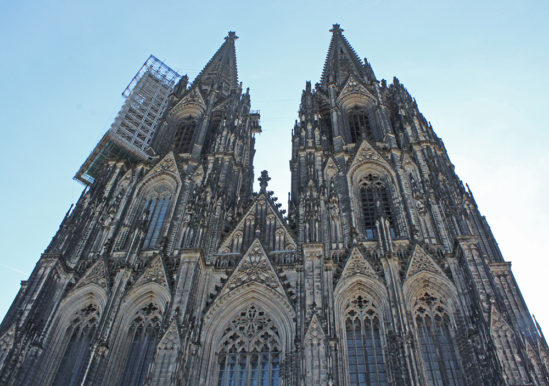


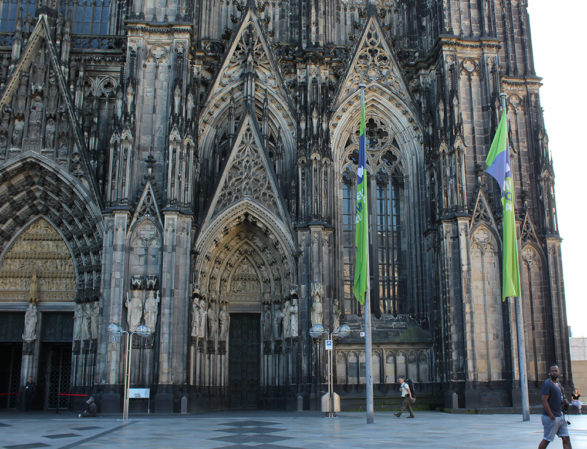
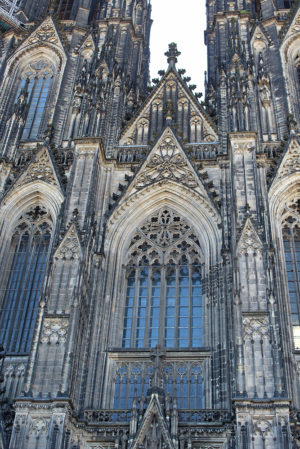
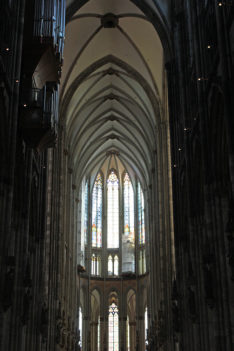

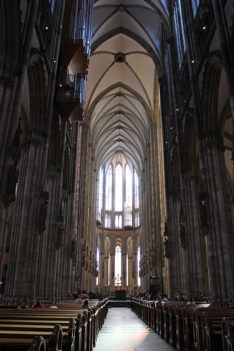
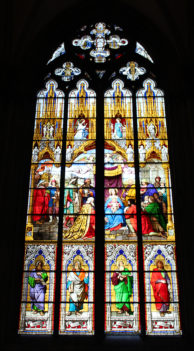

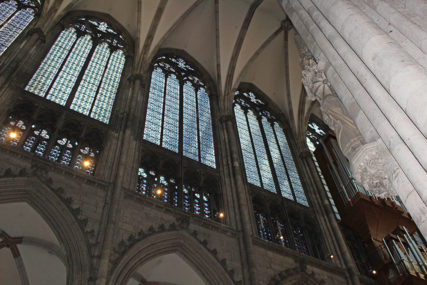


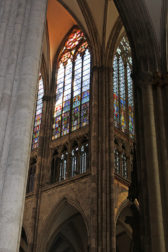
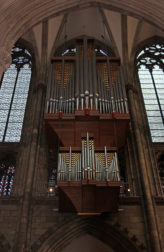

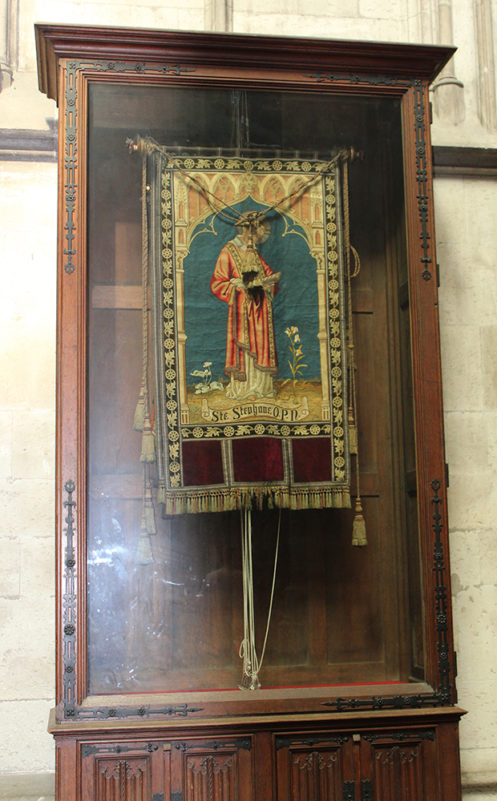
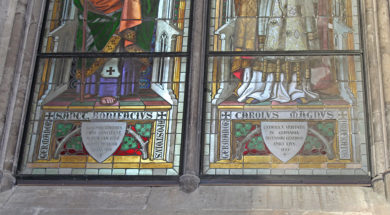
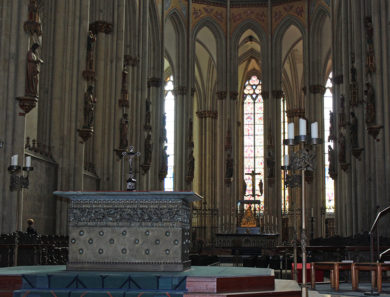
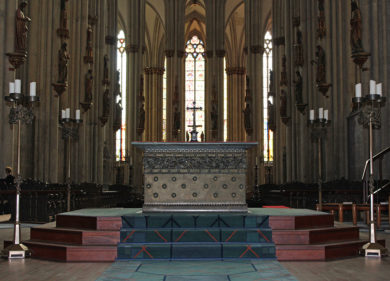
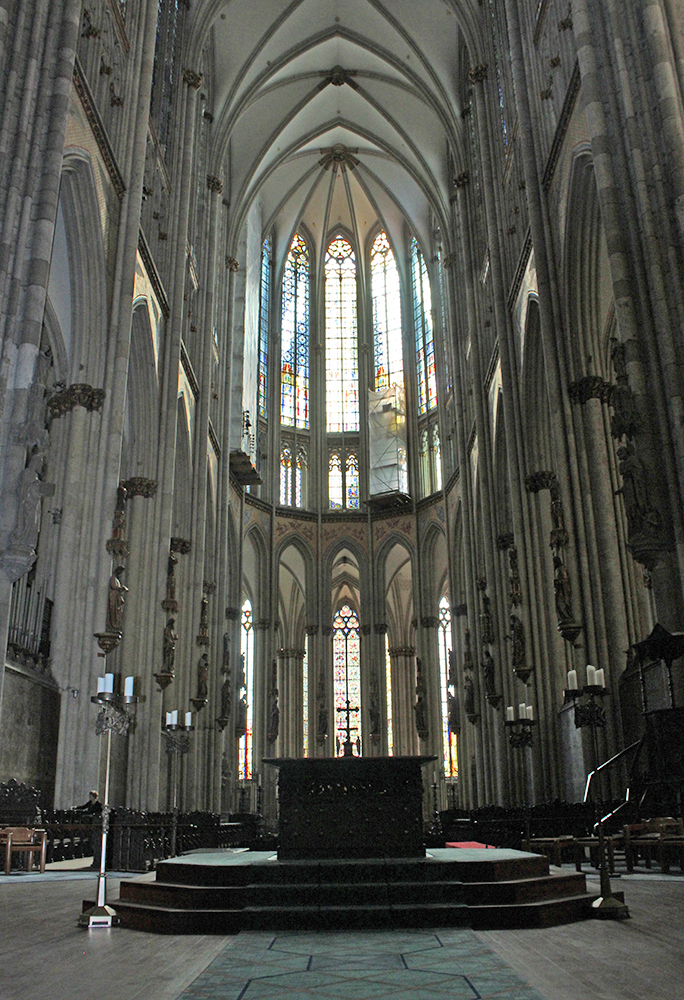

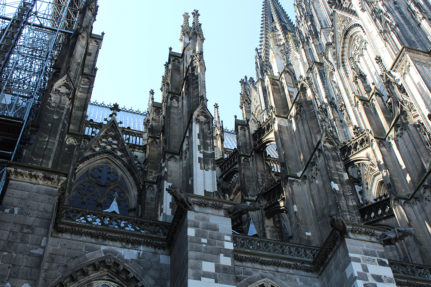
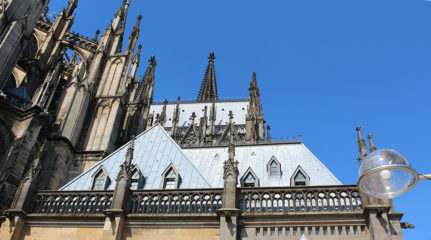
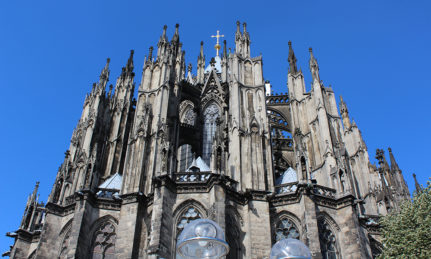
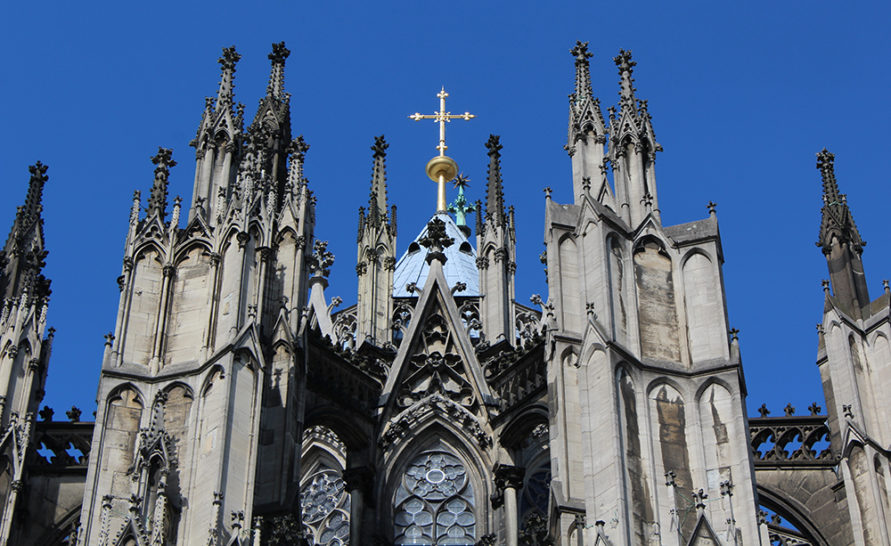

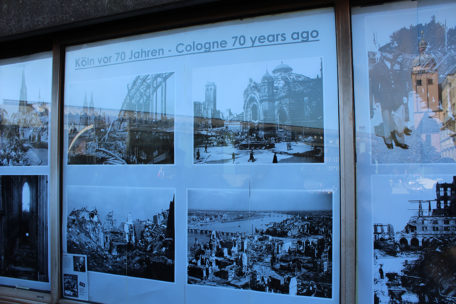
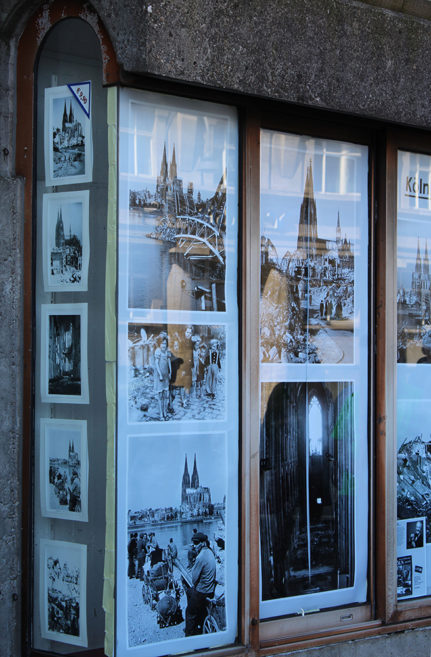
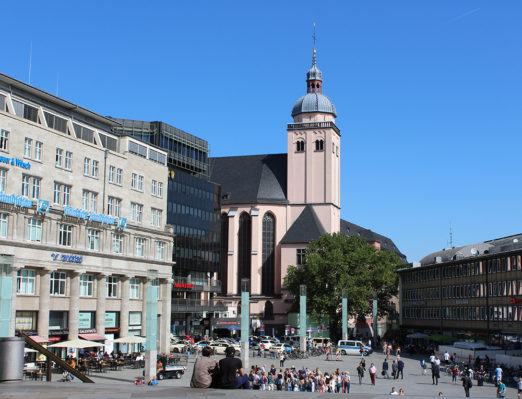
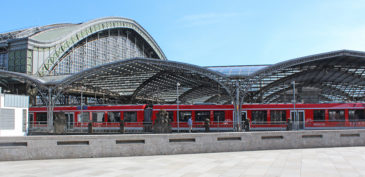
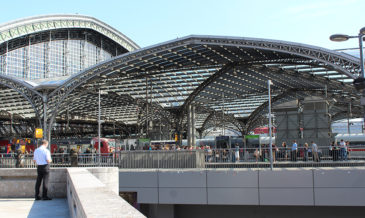

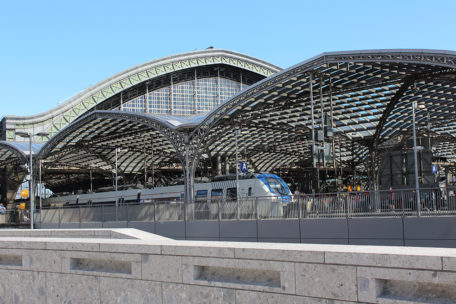
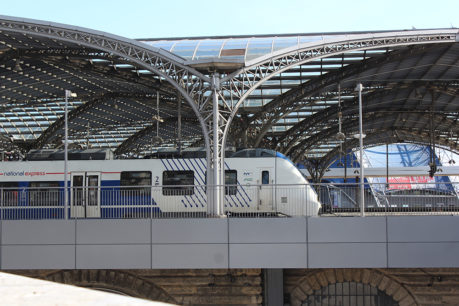


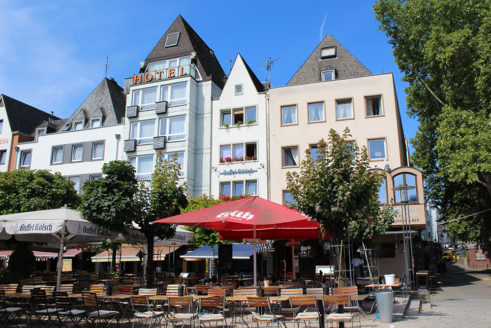
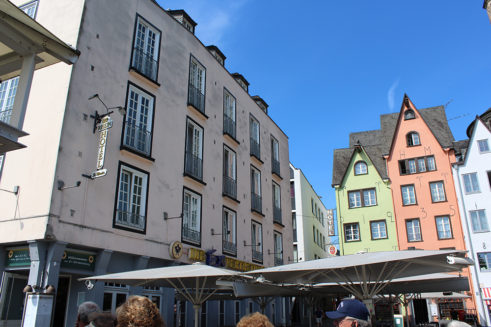

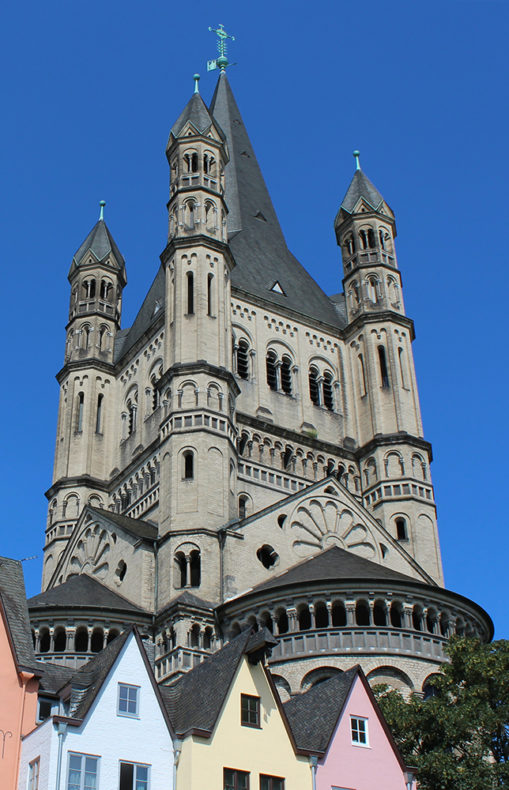


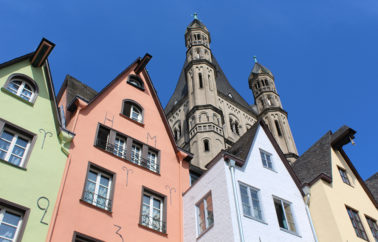
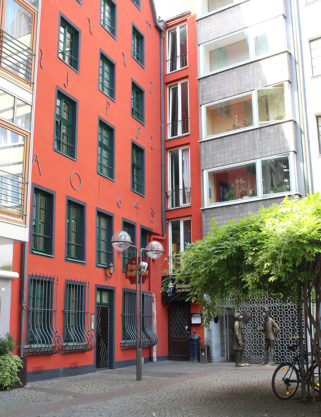
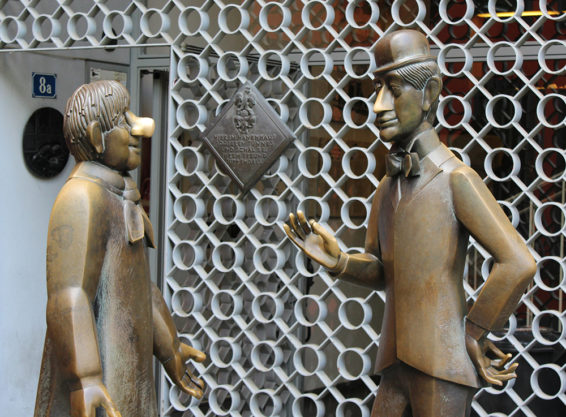

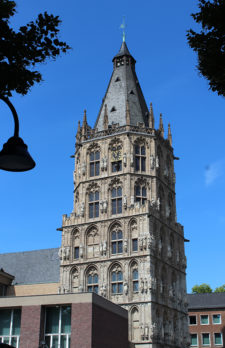

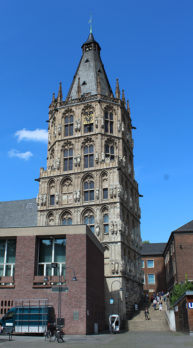
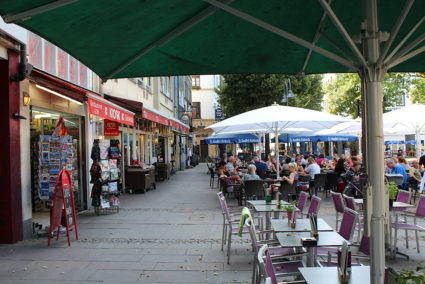


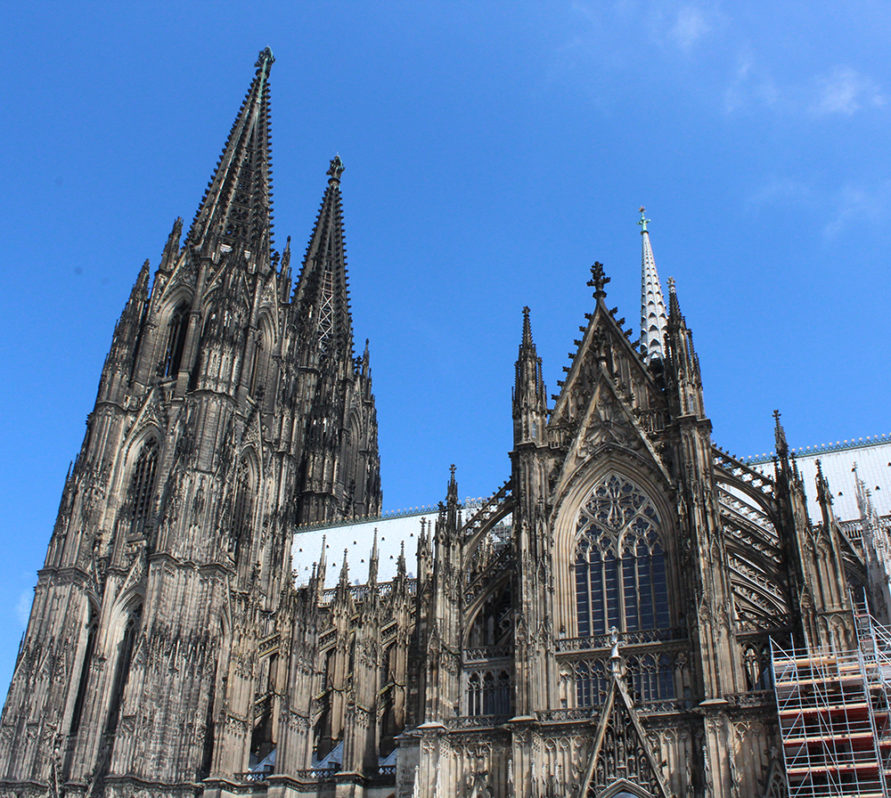
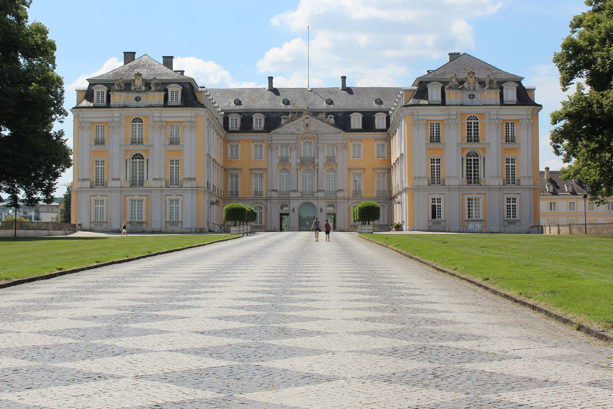

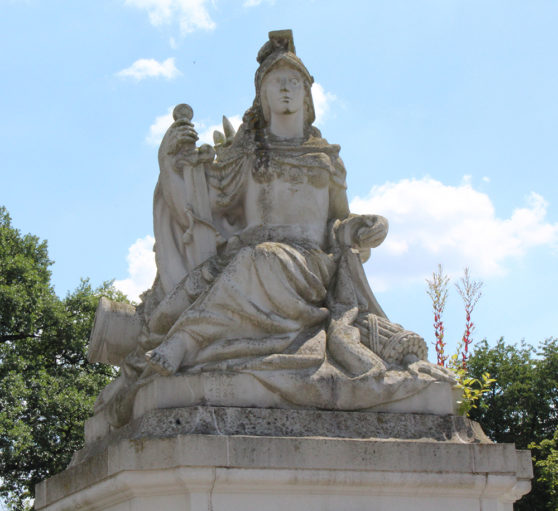

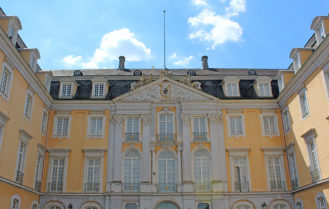
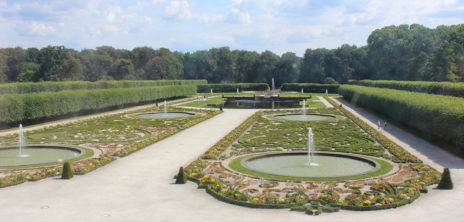

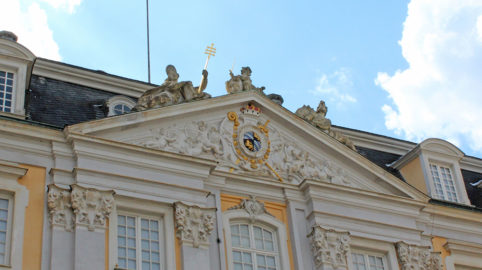
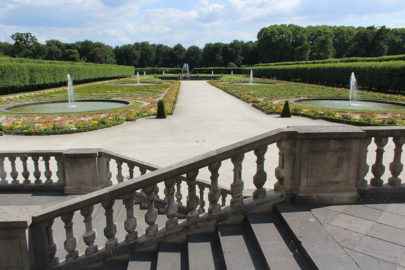

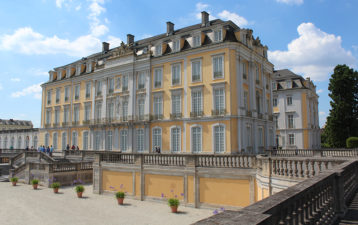
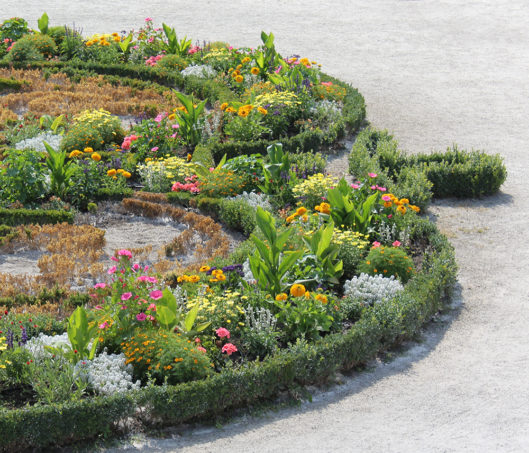
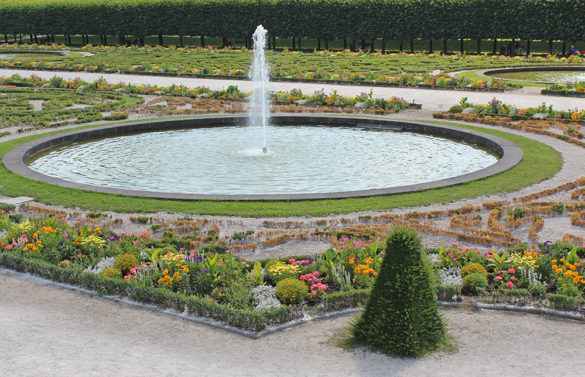
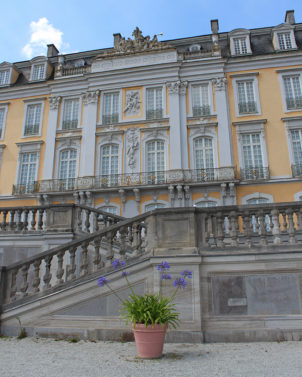
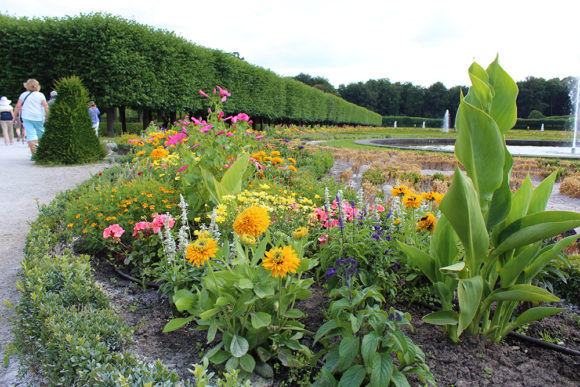
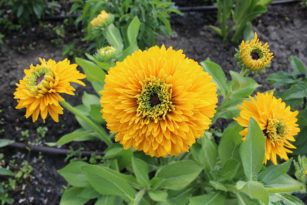


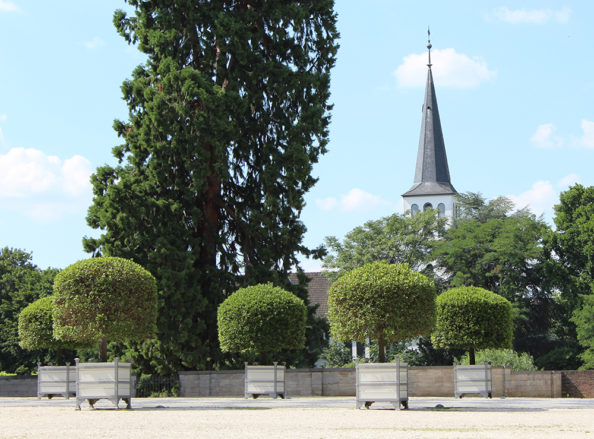
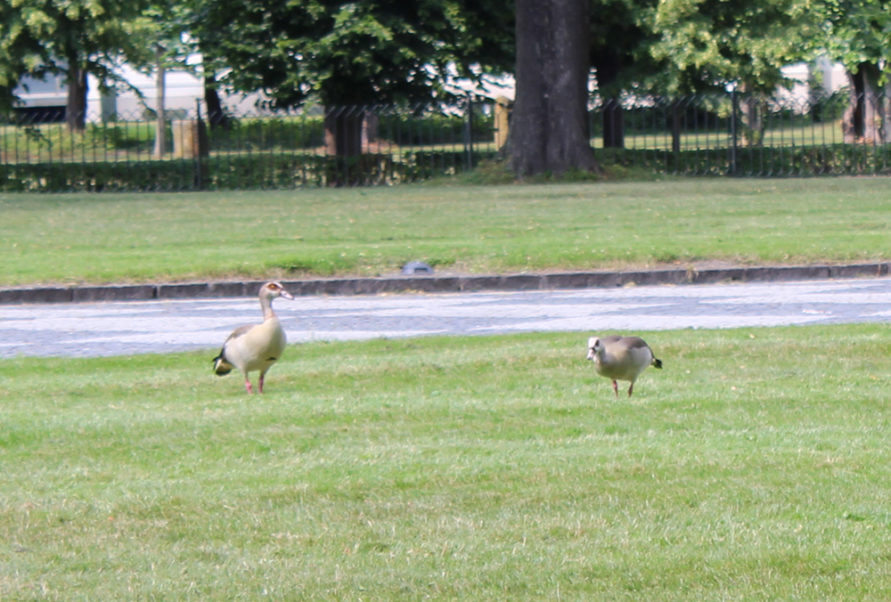
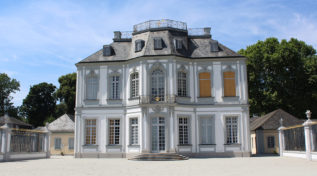
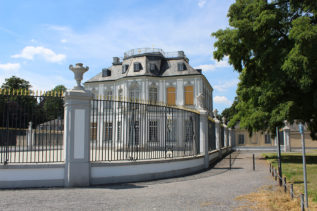
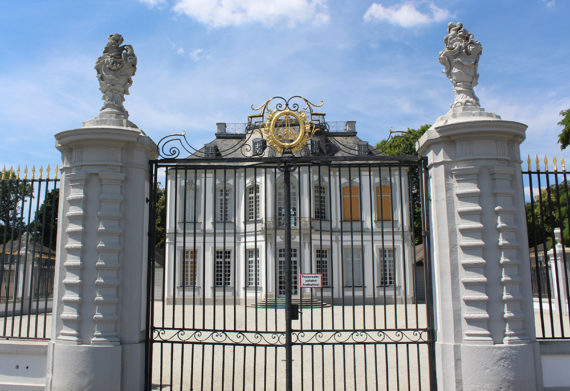
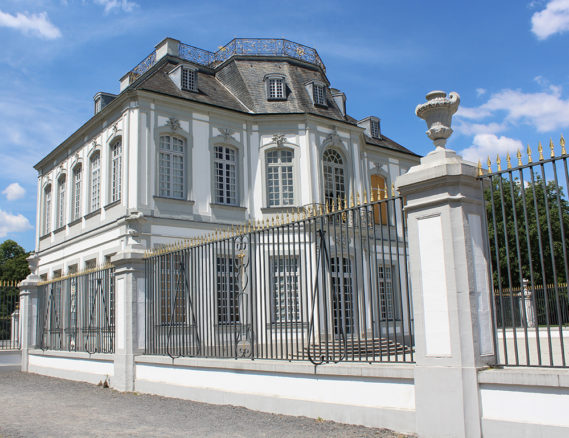



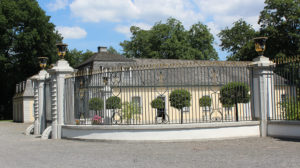
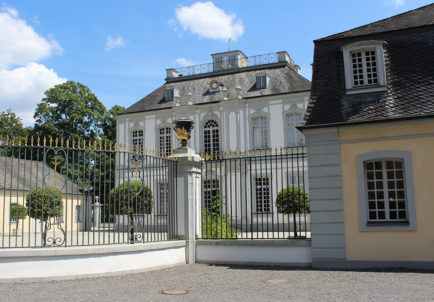
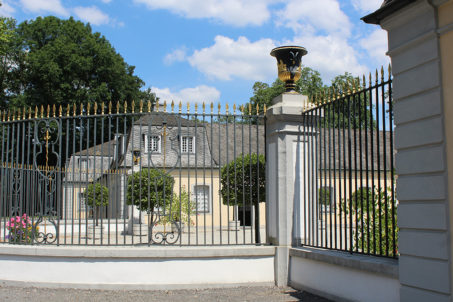
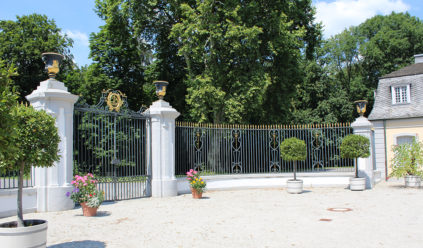
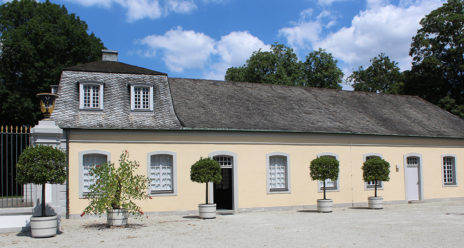
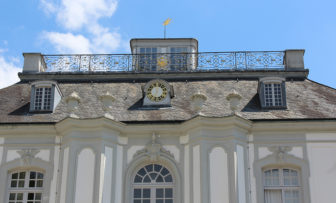


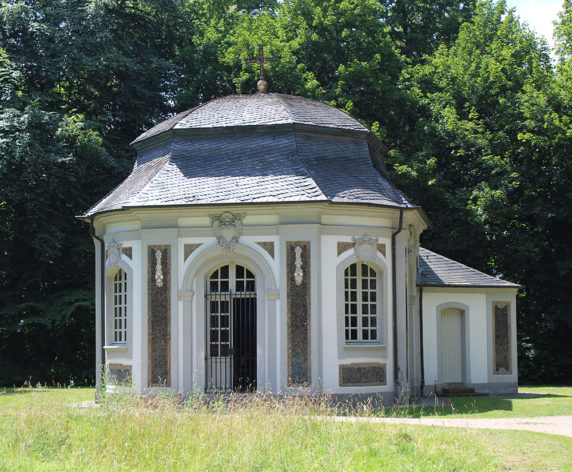

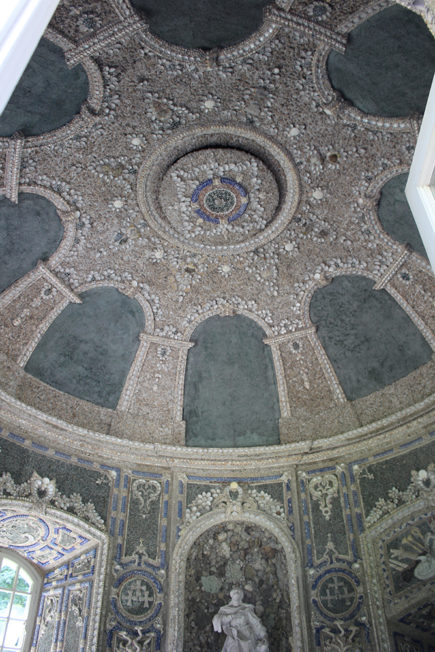
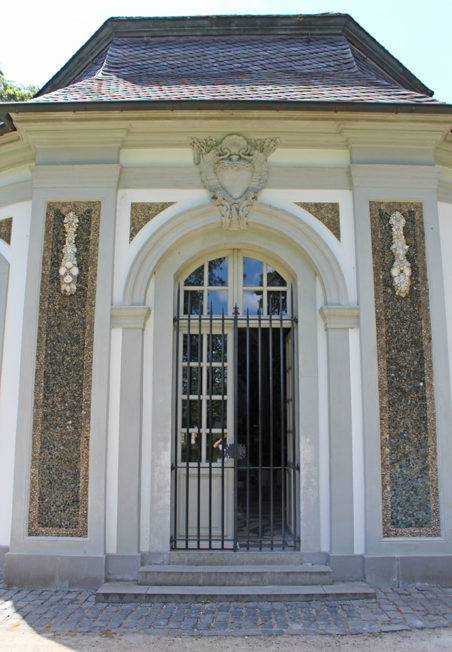
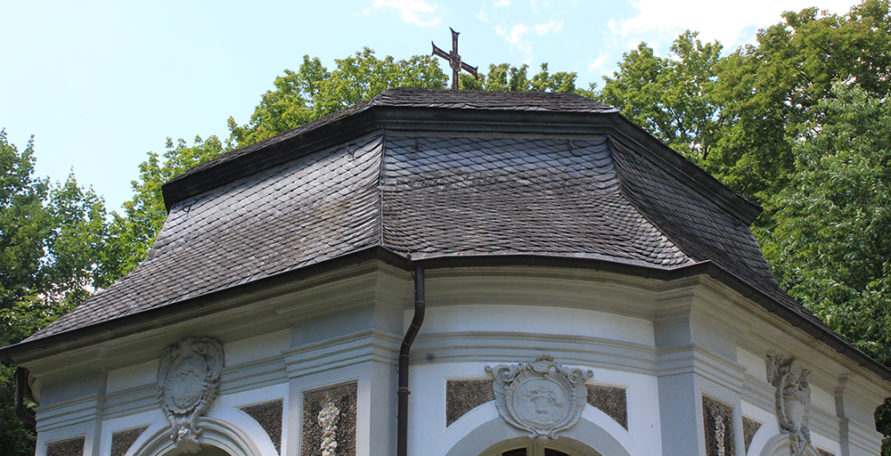


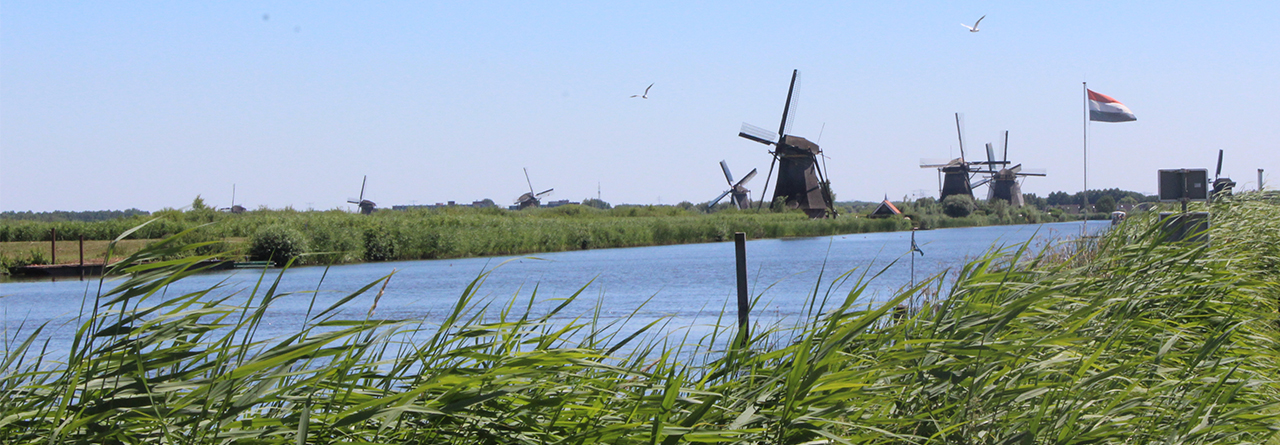



Comments are closed here.